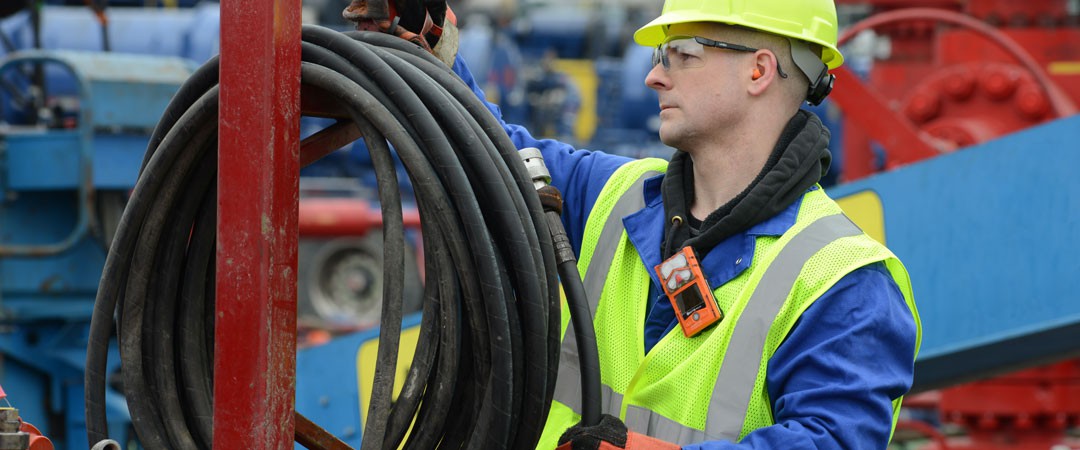Where Do You Wear Your Personal Gas Detector?
If you ask workers where they wear their personal gas detectors you will get an abundance of unique answers, all with different explanations why.
The differencing answers likely stem from the false notion of the ‘detection range’. A detection range is described as the distance from which a personal gas monitor can detect gas, you may hear someone claim, ‘my gas detector picks up gases from 10 feet away’. The truth is gases need to come in contact with an instruments sensor in order to detect them.

A pumped instrument draws in air between 250-500ml per minute, whilst an adult male generally inhales 30 litres per minute whilst walking. For a pumped to match the breathing rate of a human it would need to be 60-120 times more powerful. A personal gas detector should be worn in a worker’s breathing zone to be most effective. OSHA describes the breathing zone has ‘a hemisphere forward of the shoulders within a radius of approximately six to nine inches’. A suitable area would be a collar, lapel, or breast pocket. This location also allows the user to see any alerts as their hearing may be impaired while working in ahigh-noise environment.
When working in an environment with H2S (Hydrogen Sulfide) the monitor should also be worn within the breathing zone despite this gas being heavier than air. Yes, the gas might be detected faster if worn lower down but the detector is likely to fall off, become damaged, or the alarm might not be heard. Why take the chance? Wear your gas detector in the breathing zone and advise anyone else to do the same.
The most important aspect is the safety of each individual.

